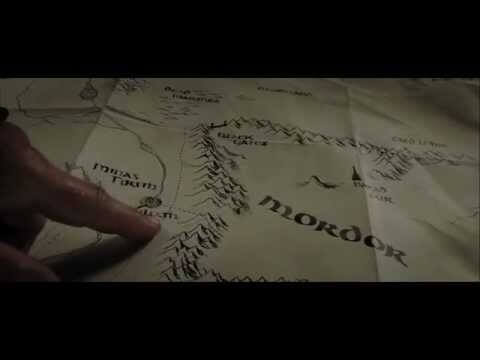Westeros, Middle-earth, and the glories of a good fantasy map

For lovers of fantasy novels, a good map is a near-essential component of a good book. A map not only provides crucial context when the reader is feeling a bit lost in their sprawling, cross-continent adventures (“Where the hell is Lannisport anyway?”), but it makes the entire reading experience that much more immersive. Suddenly, the world of Middle-earth feels more real because someone made a hand-drawn map of it. Westeros seems like a place you could actually visit because you’ve soared over its approximation in an opening credits sequence. What was once wholly imaginary now feels more tangible.
In his new essay “Here At The End of All Things,” Stanford University professor Adrian Daub dives into his personal love of fantasy world maps and gives insight into what makes them so crucial to the genre. Like many before him, Daub’s fascination with fictional maps began with Tolkien, but quickly progressed to Advanced Dungeons & Dragons, which, during its heyday, was providing nerds everywhere with maps of imagined continents faster than they could fill them with campaigns.
Each of these foldable illustrations was simultaneously unique and familiar. Not just familiar because they contained similar elements like “coastlines, mountain ranges … vast landmasses to the east, [and] only endless ocean to the west,” but because they contained impressions of the real world around us. Growing up in Germany, Daub had the unique experience of receiving images of fantasy worlds from American designers, most of which were based around the vague shape of Western Europe. He was seeing his home reimagined as a new realm, complete with ocean on three sides and a stereotypically exotic far east.
Daub also notes how special it is that the map readers see in a book is the same as the one the characters see in the world of the novel. “The map is that rare totem that is identical in their world and ours,” he writes. “When you look at the map, you meet the character eye to eye.” While the characters and the story are what hook you in and keep you coming back, the map is the key to getting yourself there.
Check out the whole essay for Daub’s further insights, including a look at political baggage that comes along with the well-trod fantasy trope of a mysterious eastern continent.